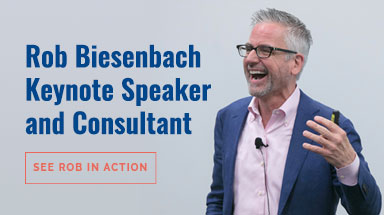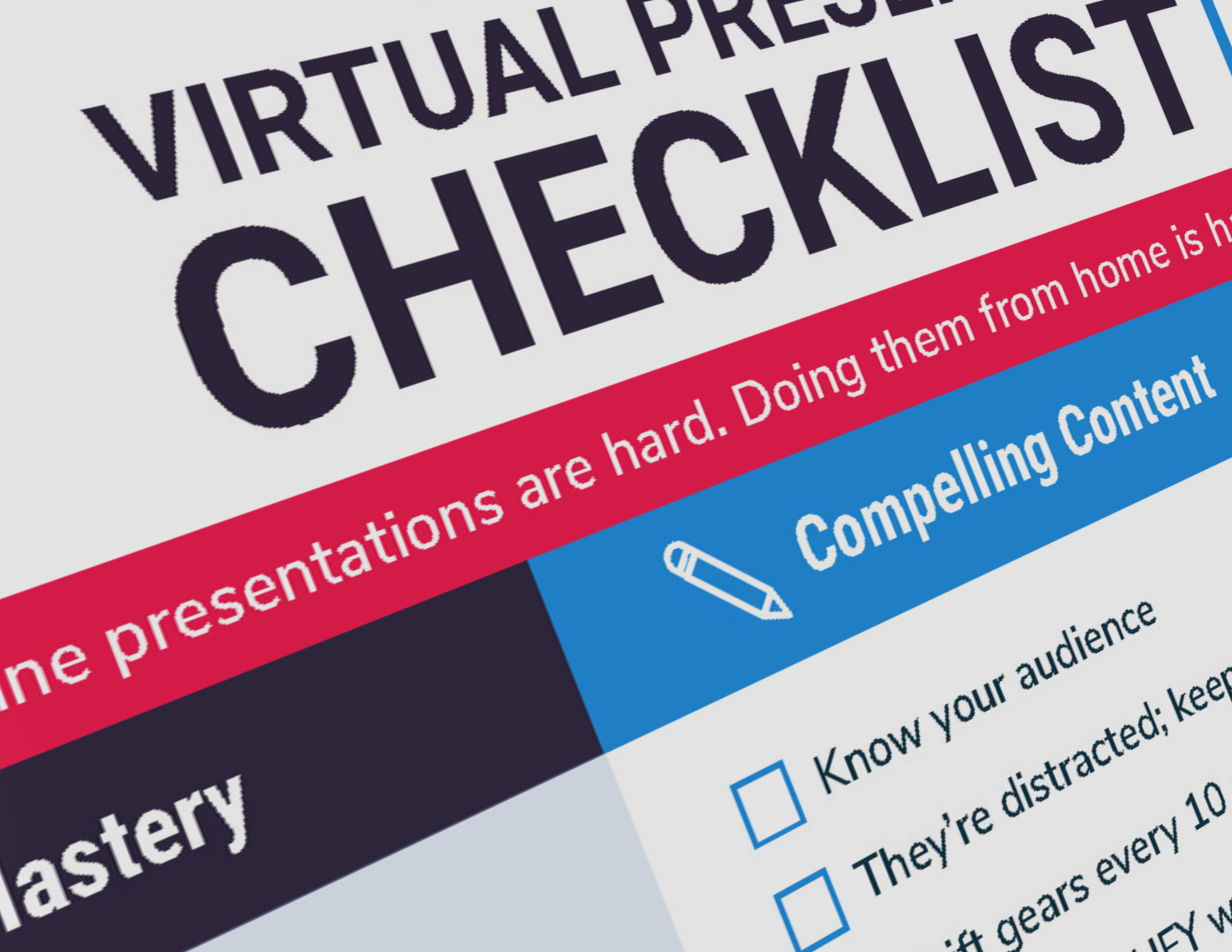 If you’re struggling to organize your thoughts for a presentation, report or any important message, it’s hard to go wrong with this simple and time-tested communication framework.
If you’re struggling to organize your thoughts for a presentation, report or any important message, it’s hard to go wrong with this simple and time-tested communication framework.
Known as “Know, Feel, Do” (or sometimes “Think, Feel, Do”), it’s an indispensable tool for creating communications that are compelling and that resonate with your intended audience.
I didn’t invent it, but I use it all the time — and should, too!
How it Works
Here’s how it works. Whenever you’re planning an important communication, gather your key decision-makers in a room and walk through these three questions:
- What do we want our audience to KNOW?
- What do we want them FEEL?
- What do we want them to DO?
Record the answers on flip charts or in columns on a white board, then take a look at what you’ve got. Debate them, rearrange or consolidate them and, of course, give them a “reality check” against what you know about your target audience. After all, it’s not just about what we want.
Then use this raw material to guide your key messages, talking points and tactics.
One Client’s Experience
I was working with a nonprofit that wanted to raise its profile and influence so it could broaden its donor base. My client was the executive director, who was the face of the organization at conferences and speaking engagements.
We went through this exercise in our first meeting, then worked together for months on restructuring and refining her “stump” speech and other communications.
A year later I was visiting and noticed that she had our original “Know, Feel, Do” flip chart sheets posted on her office wall. I told her I was surprised, since we’d long since incorporated the insights into our communications.
She replied, “I actually refer to these every day — they’re a constant reminder of what we’re here to do.”
And that reminded me to never take this communication framework for granted.
So let’s look at each of the three components.
What Do You Want Them to Know?
Like I said, I didn’t invent “Know, Feel, Do,” but I have put my personal stamp on it by arranging the three elements in a hierarchy, with “Know” at the bottom.
Because this is the easy part, really. It’s the knowledge, the info, the “stuff.”
Simply transmitting information is a low bar in any communications. Our job is to drive results — to get people to think and act differently — whether it’s to buy, approve, join or comply.
So the real work comes in the next two steps.
What Do You Want Them to Feel?
This stage is the linchpin in the whole process, and one that may cause consternation among certain “analytical” types.
But study after study shows that whether we know it or not and whether we like it or not, we are largely governed by our emotions.
Yes, data and evidence are important, but an emotional appeal carries unique power to persuade and compel action. As Seth Godin says, “The market is not seduced by logic. People are moved by stories and drama and hints and clues and discovery. Logic is a battering ram.”
In essence, you have to win hearts to change minds — and, ultimately, people’s behaviors and actions.
So there must be an emotional component to any communication. An appeal to people’s pride, sense of duty, feeling of unity or desire to win. Or you could target their fears, insecurities or sense of shame.
What Do You Want Them to Do?
Finally, at the top of the hierarchy is the specific action you want them to take. Do you want them to get on board, to sign up, to make a purchase , eliminate waste, increase efficiency?
One trap I see people fall into is feeling they have to fundamentally change behaviors with a single tactic, like a presentation or memo. That’s unrealistic, of course. Progress is made over time, with a steady drumbeat of communication through different sources and channels.
So it’s important to keep your expectations in check. Early on, it may be enough for people to walk away saying, “I’m not convinced, but I’m going to keep an open mind” or “I feel like this is someone I can trust.”
Another Benefit of the Communication Framework
Beyond the results you get from “Know, Feel, Do” there’s a lot of value in the process itself.
It’s a way to get decision-makers involved early, in a way that doesn’t demand a lot of them — these are questions that most people will have an opinion on, and they often spark useful discussion.
And it can be such an eye-opening experience for them that they start thinking differently about their everyday communication. And maybe about the value of communication itself.
[Photo by Raphaël Biscaldi on Unsplash]
[A version of this post originally appeared in PRSA’s Strategies & Tactics]




